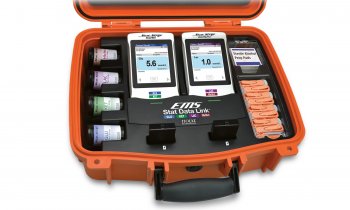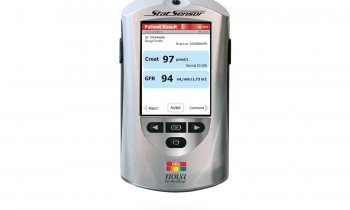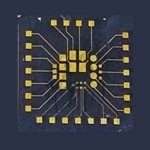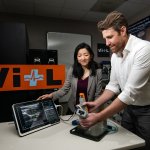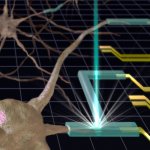
News • Early thoracic malignancy screening
Developing a breath test for lung cancer with biosensors and AI
A biosensor that identifies volatile organic compounds (VOCs) in exhaled breath could be used in conjunction with AI to detect various thoracic cancers including lung cancer.










